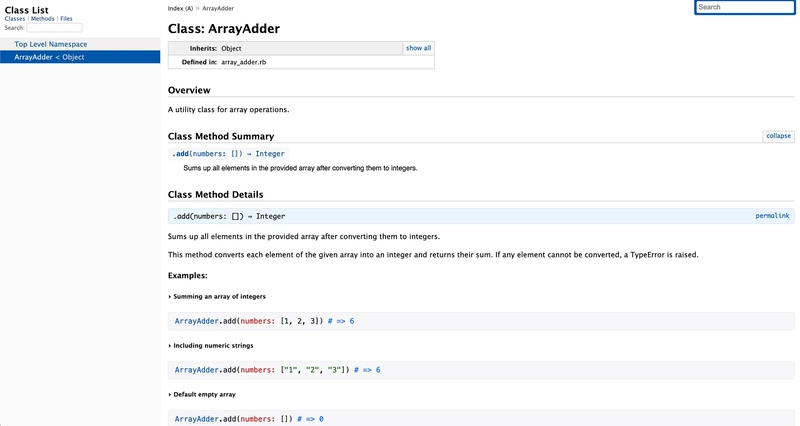Directory Services in General
A directory service is defined as a retrievable store of information (software, hardware, processes, policies, and administrative procedures 1) organized into objects. Each object has a certain set of attributes associated with it 2. For example, Active Directory Domain Services stores user account objects with information such as names, passwords, phone numbers 3. A directory service encompasses various essential components, including 1: The data stored within the directory Software servers that manage and store the directory’s data Software clients that enable users or other systems to access and utilize the directory’s data The physical hardware supporting both clients and servers Supporting software like operating systems and drivers that facilitate functionality The networking infrastructure, connecting clients to servers and linking servers with one another Policies defining access permissions, update protocols, and storage guidelines Maintenance and monitoring procedures ensuring the directory service’s proper operation Tools and software specifically designed for managing and supervising the directory service Directory services share some functionality with databases; however, there is one main demarcation criteria: They are optimized for reads, since this is the majority of operations executed and the data is usually not changing regularly. A very widespread directory service is Active Directory Domain Services. You can find in-depth information about LDAP in the corresponding RFCs 4510 to 4532 T. Howes, M. Smith, and G. S. Good, Understanding and Deploying LDAP Directory Services. Addison-Wesley Professional, 2003. Online ↩ S. Clines and M. Loughry, Active Directory for Dummies. Newark, United States: John Wiley & Sons, Incorporated, 2008. ↩ Microsoft, "Active Directory Domain Services Overview," Nov. 2024. Online ↩

A directory service is defined as a retrievable store of information (software, hardware, processes, policies, and administrative procedures 1) organized into objects.
Each object has a certain set of attributes associated with it 2. For example, Active Directory Domain Services stores user account objects with information such as names, passwords, phone numbers 3. A directory service encompasses various essential components, including 1:
- The data stored within the directory
- Software servers that manage and store the directory’s data
- Software clients that enable users or other systems to access and utilize the directory’s data
- The physical hardware supporting both clients and servers
- Supporting software like operating systems and drivers that facilitate functionality
- The networking infrastructure, connecting clients to servers and linking servers with one another
- Policies defining access permissions, update protocols, and storage guidelines
- Maintenance and monitoring procedures ensuring the directory service’s proper operation
- Tools and software specifically designed for managing and supervising the directory service
Directory services share some functionality with databases; however, there is one main demarcation criteria: They are optimized for reads, since this is the majority of operations executed and the data is usually not changing regularly. A very widespread directory service is Active Directory Domain Services.
You can find in-depth information about LDAP in the corresponding RFCs 4510 to 4532
-
T. Howes, M. Smith, and G. S. Good, Understanding and Deploying LDAP Directory Services. Addison-Wesley Professional, 2003. Online ↩
-
S. Clines and M. Loughry, Active Directory for Dummies. Newark, United States: John Wiley & Sons, Incorporated, 2008. ↩
-
Microsoft, "Active Directory Domain Services Overview," Nov. 2024. Online ↩









































































































































































![[The AI Show Episode 142]: ChatGPT’s New Image Generator, Studio Ghibli Craze and Backlash, Gemini 2.5, OpenAI Academy, 4o Updates, Vibe Marketing & xAI Acquires X](https://www.marketingaiinstitute.com/hubfs/ep%20142%20cover.png)



























































































































![[FREE EBOOKS] The Kubernetes Bible, The Ultimate Linux Shell Scripting Guide & Four More Best Selling Titles](https://www.javacodegeeks.com/wp-content/uploads/2012/12/jcg-logo.jpg)



![From drop-out to software architect with Jason Lengstorf [Podcast #167]](https://cdn.hashnode.com/res/hashnode/image/upload/v1743796461357/f3d19cd7-e6f5-4d7c-8bfc-eb974bc8da68.png?#)






































































































.png?#)




.jpg?#)
































_Christophe_Coat_Alamy.jpg?#)







































































































![Rapidus in Talks With Apple as It Accelerates Toward 2nm Chip Production [Report]](https://www.iclarified.com/images/news/96937/96937/96937-640.jpg)









































































































































